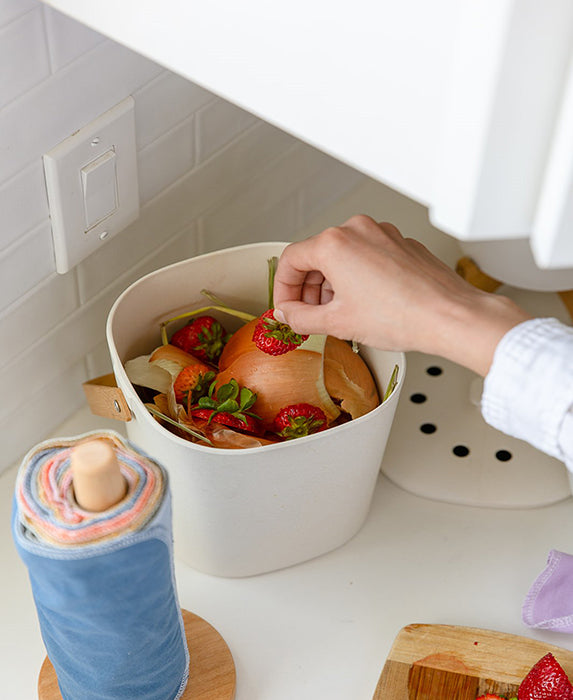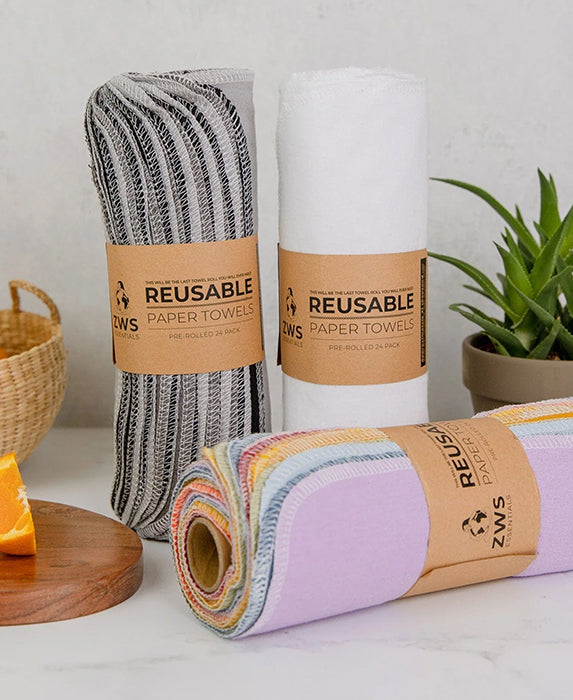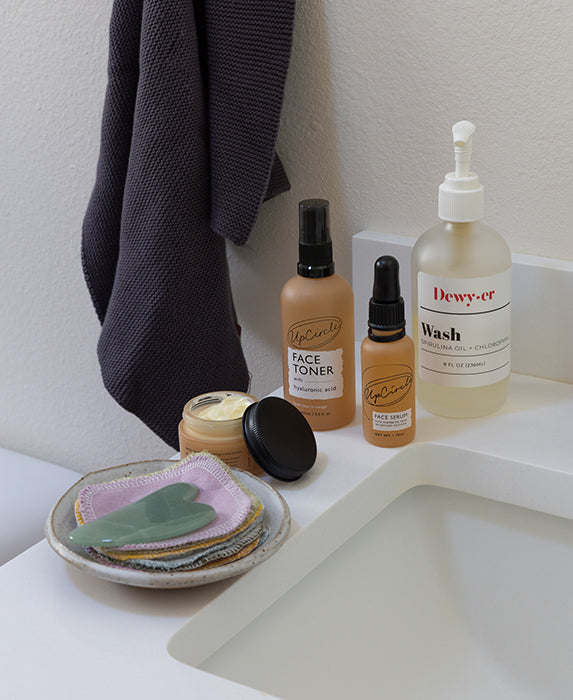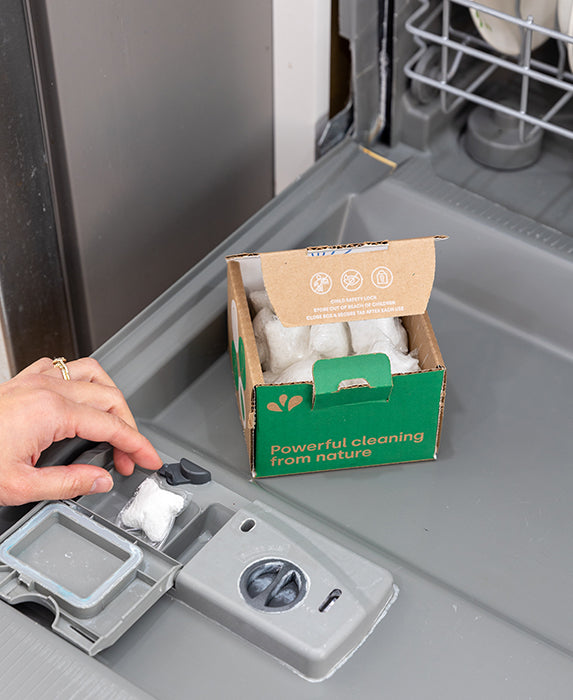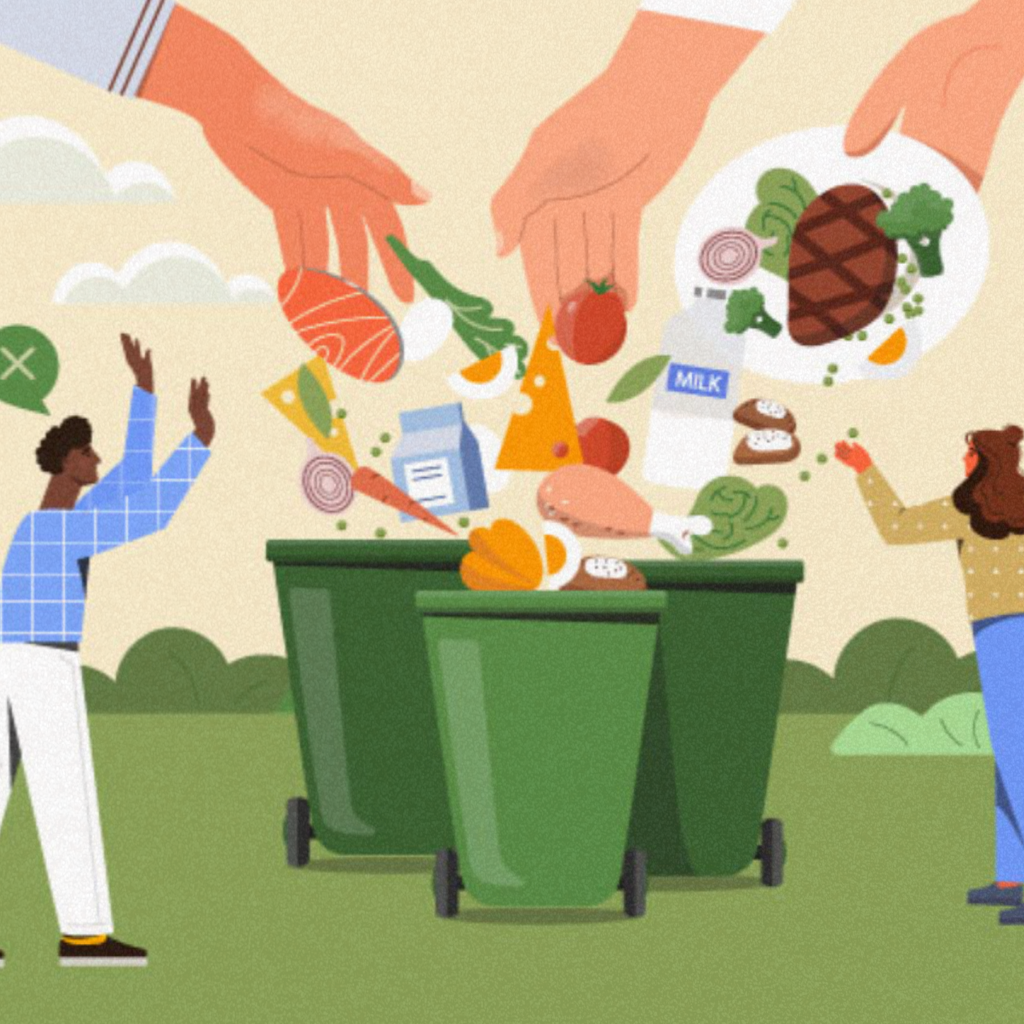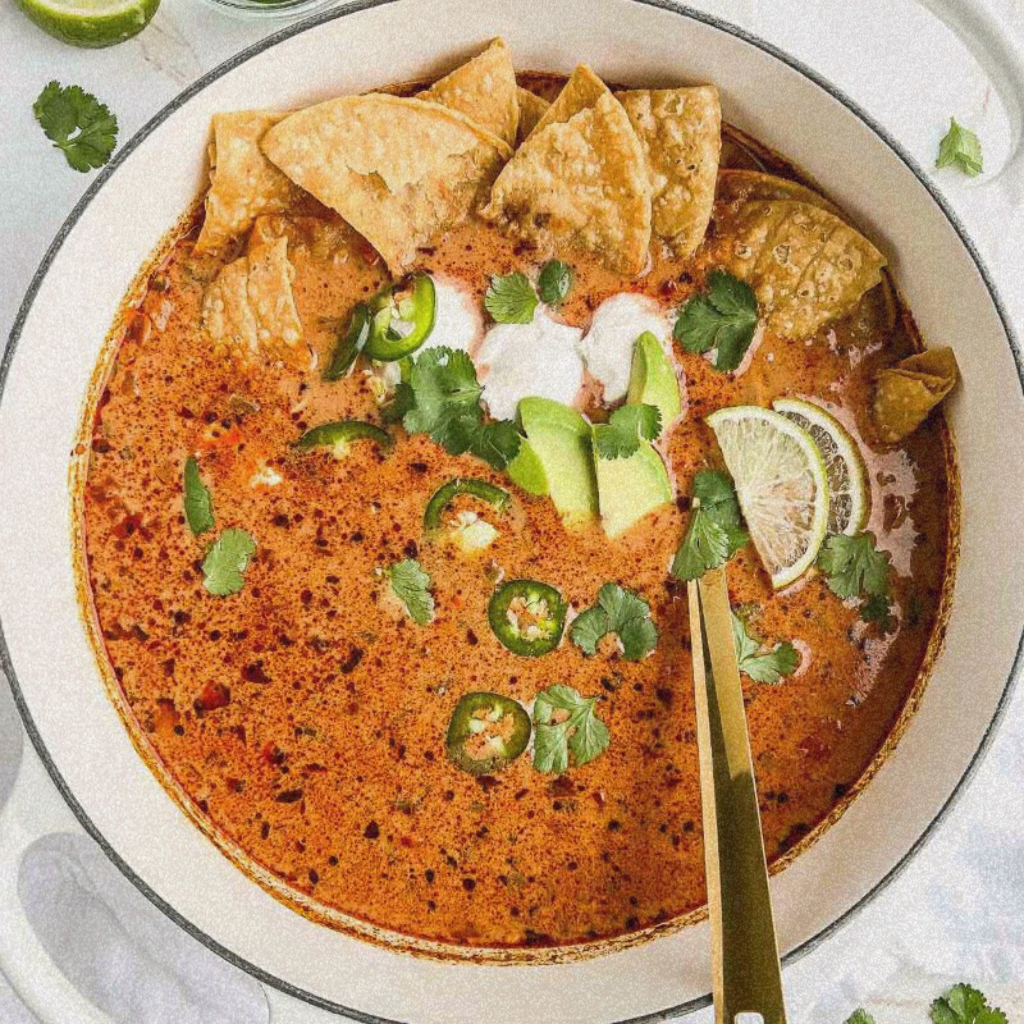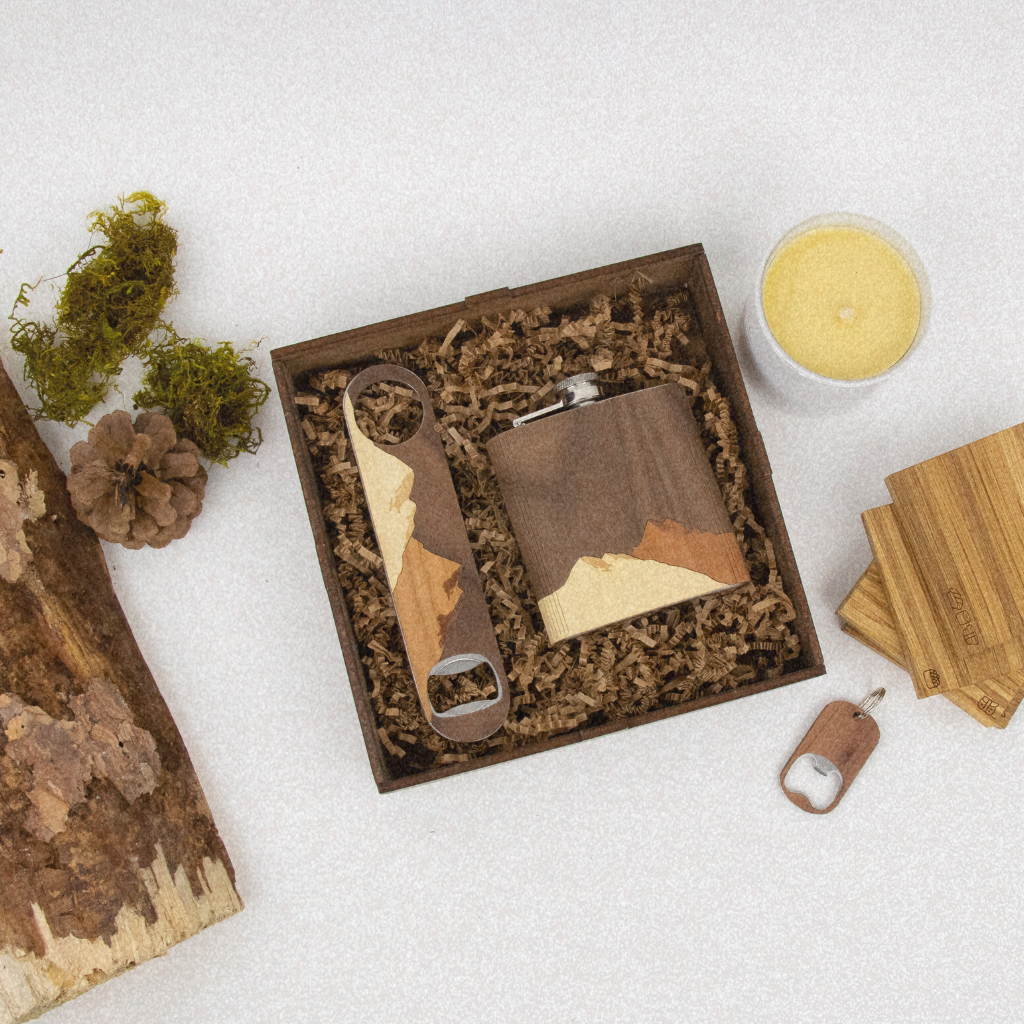Nearly 40% of all food produced in the United States — about 119 billion pounds worth more than $408 billion —is wasted each year.
Source: Feeding America
The Food Waste Problem
The U.S. Department of Agriculture estimates that between 30 and 40% of the food supply goes to waste each year in the U.S.
When food is wasted, all of the energy, resources, and money that went into producing, processing, packaging, and transporting that food are wasted, too. Producing uneaten food squanders a whole host of resources — seeds, water, energy, land, fertilizer, hours of labor, storage space and financial capital. Greenhouse gases are generated at every stage of food production.
The food we waste is responsible for roughly 8 percent of the greenhouse emissions which cause global warming. By reducing food waste, we can reduce the wasted resources used to produce the food and we can also reduce the amount of greenhouse gases that are released into the atmosphere in the process.
Reducing food waste is the No. 1 solution to the climate crisis. More than electric cars, solar power or wind power.
Source: Project Drawdown
The Food Waste Solution
So what can we do to reduce food waste?
The first thing we can do is to be aware of the problem and commit to doing what we can to stop wasting food. When we remain conscious of food waste we’re more likely to do something about it.
Follow the tips below to begin your journey along the path to wasting less food.
- Plan your meals. Be sure to look through your refrigerator, freezer and pantry and incorporate foods that you already have on hand into your plan. Use a meal planning app such as Yummly.com which allows you to take pictures of the foods you have and generates recipes using some or all of those ingredients. Reduce waste (and skip a trip to the store) by using up what you already have
- Use shopping lists when you go grocery shopping. Use a shopping list — and stick to it — to avoid making unnecessary impulse purchases.
- Don't overbuy sale items that you can't eat or preserve before they'll spoil.
- Store food properly to make it last longer. Proper food storage will make food last longer. The USDA FoodKeeper App offers users valuable storage advice about more than 400 food and beverage items.
- Use earth-friendly food storage products such as Vejibags and Bees Wrap food wraps (both made in the USA and available at EarthHero) to store food properly and make it last longer.
- Use your freezer to preserve food. Freezing is the best method for preserving food and has been a natural, trusted practice for centuries.
- Freeze foods in individual portions. The individual portions can be defrosted as needed and will also defrost quicker.
- Find ways to cook with leftovers and stale or overripe food.
- Understand the dates on food labels. Don't toss food that's still safe to eat. Many foods are still safely edible after the "best by" date on the label. Watch the USDA video Understanding Date Labels on Food Packages to get a better understanding of food product dating.
- Check the BuySalvageFood.com website to see if there’s a Salvage Grocery Store near you. These stores sell foods that are close to their “best by” dates, foods that are recently past their “best by” dates, foods that are in discontinued packaging, foods that have been discontinued and overstock items at prices that are usually discounted by 50% or more. Salvage Grocery Stores are the last chance for foods that would otherwise end up in a landfill.
- Learn to preserve foods by canning, drying and pickling.
- Prepare perishable foods shortly after purchase. Clean, cut and divide fresh fruits and vegetables into portions and freeze any which you can't use before they'll spoil.
- Make homemade stock using meat and vegetable scraps.
- Donate any food that you can't use to food banks.
- Don't over-order when dining out.
- Start a compost pile. Compostable materials such as fruit and vegetable scraps, coffee and tea grinds, crushed eggshells, grass and plant clippings, old flowers, leaves, straw, and even paper and cardboard can be added to the pile. The compost can be used to enrich your soil for growing fruits and vegetables.
Lynne Ziobro maintains the BuySalvageFood.com website, which is a directory of Salvage Grocery Stores throughout the United States. The website also gives tips for shopping at salvage grocery stores and includes articles on ways to reduce food waste. Lynne has appeared on Good Morning America, NBC News and ABC News and has been quoted in the The New York Times as an advocate for salvage grocery stores and an advocate for reducing food waste.

